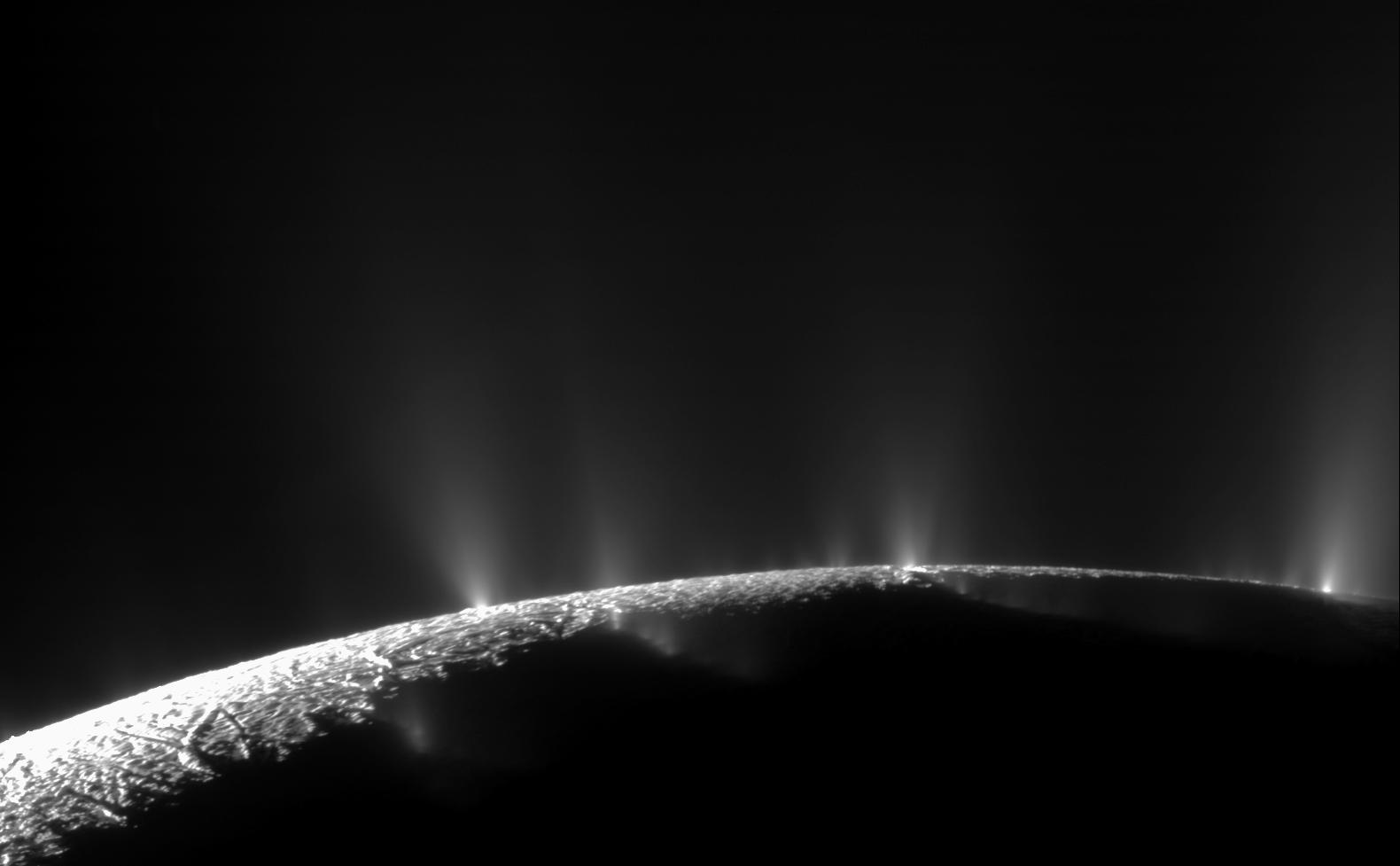1 min read

Enceladus Flyby 'E-22': Final Visit to Enceladus
This will be the last targeted Enceladus flyby of the mission. The CIRS instrument will observe the moon's south polar terrain. By the time the mission concludes on 2017, Cassini will have obtained observations over six years of winter darkness in the moon's southern hemisphere. These are ideal conditions for improving measurements of heat flow from the interior to the surface. Understanding heat flow is important because it provides key information on what is driving the geysers.

This image shows grooves in the southern part of Saturn's moon Enceladus.
Date
Dec. 19, 2015
Altitude
3,106 miles (4,999 km)
Speed (rel. to Enceladus)
21,251 mph (9.5 km/sec)
Share
Details
Last Updated
Nov 05, 2024
Editor
NASA Science Editorial Team
Related Terms
Keep Exploring







